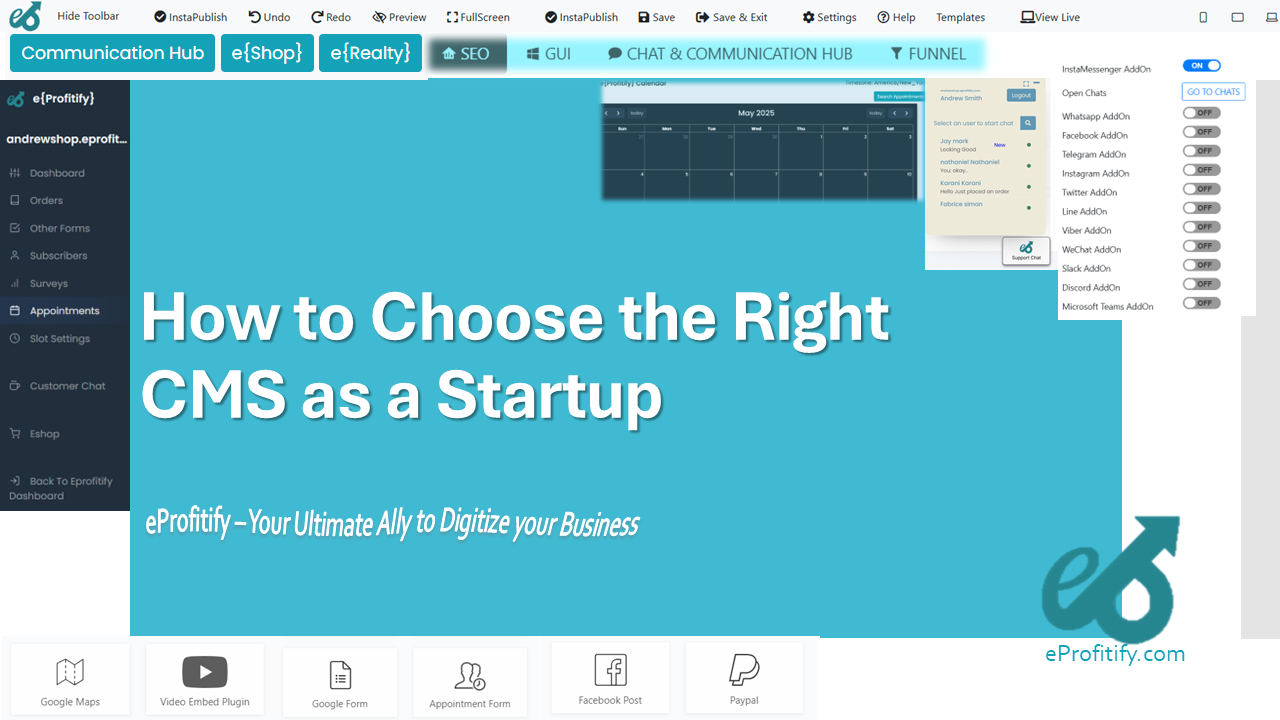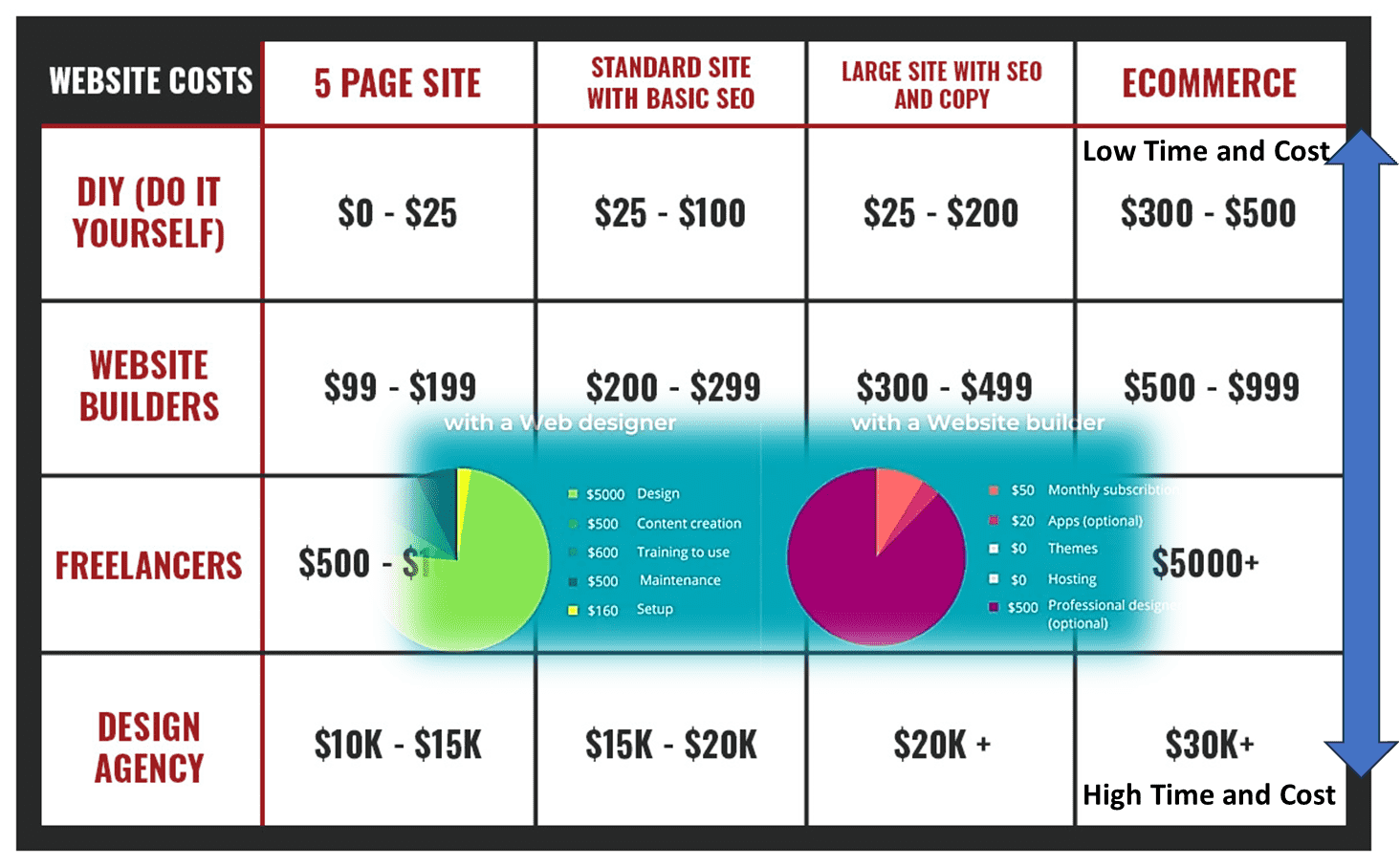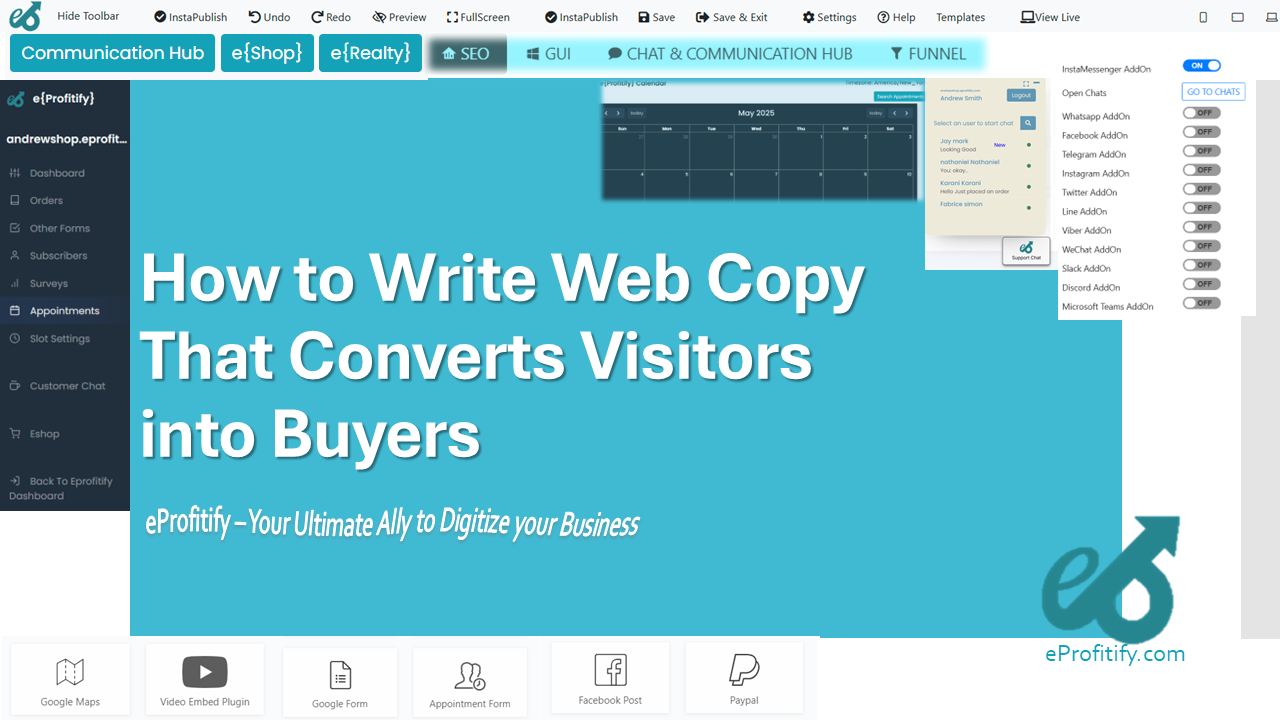The Rise of Website Automation for Small Businesses

The Rise of Website Automation for Small Businesses
Harnessing Technology for Efficiency and Growth
Introduction
In the digital age, a robust online presence is no longer optional for small businesses—it’s imperative. With 64% of small businesses now owning a website (Forbes, 2023), the shift toward digital-first operations is undeniable. Yet, managing a website efficiently remains a challenge for many entrepreneurs juggling limited resources. Enter website automation: a game-changing solution that streamlines operations, reduces costs, and empowers small businesses to compete in an increasingly crowded marketplace. This article explores the rise of website automation, its transformative benefits, and how platforms like Eprofitify are leading the charge with innovative tools.
The Importance of Websites for Small Businesses
A website acts as a digital storefront, offering 24/7 visibility and credibility. For small businesses, it’s a lifeline for customer acquisition, brand building, and sales. Consider these statistics:
- 84% of consumers view a website as more trustworthy than social media profiles (BrightLocal, 2023).
- 76% of shoppers check a business’s website before visiting its physical location (GoDaddy, 2023).
Despite this, 36% of small businesses still lack a website, often due to perceived complexity or cost. Those that do have one often struggle with updates, security, and integration with other workflows.
Challenges in Traditional Website Management
Small businesses face three core hurdles in managing websites:
- Time Constraints: Owners spend up to 10 hours weekly on website maintenance (Clutch, 2023), diverting focus from core operations.
- Cost: Custom website development can exceed $10,000, while DIY platforms often lack advanced features.
- Scalability: Manual processes for appointments, inventory, or customer service hinder growth.
These challenges underscore the need for automation tools that simplify management while enhancing functionality.
The Emergence of Website Automation
Website automation leverages artificial intelligence (AI), machine learning, and cloud-based platforms to automate repetitive tasks. The global website builder market, valued at $2.5 billion in 2023, is projected to grow at 7% annually (Grand View Research), driven by demand for user-friendly, scalable solutions. Post-pandemic, 68% of small businesses accelerated digital adoption (McKinsey, 2022), with automation tools at the forefront.
Key drivers include:
- Efficiency: Automating tasks like content updates or backups saves 15–20 hours monthly.
- Cost-Effectiveness: Automation reduces reliance on developers, cutting costs by up to 40% (Small Biz Trends, 2023).
- Enhanced Customer Experience: Tools like chatbots and personalized marketing boost engagement.
Key Features and Benefits of Automation Tools
Modern platforms offer integrated solutions tailored to small business needs:
- Instant Messaging & Chatbots: 62% of customers prefer messaging over calls for support (HubSpot, 2023). Automated chats resolve queries instantly, improving satisfaction.
- Appointment Scheduling: Eliminates double-bookings and no-shows with real-time calendar syncing.
- Ecommerce Integration: Streamline inventory, payments, and shipping—68% of online carts are abandoned, but automated reminders recover 15% (Baymard Institute).
- CRM Systems: Track customer interactions and automate follow-ups, increasing retention by 27% (Salesforce).
These tools not only save time but also enable data-driven decision-making through analytics dashboards.
Eprofitify: Leading the Charge in Website Automation
Among the innovators, Eprofitify stands out as a comprehensive website publishing and management platform. Designed for small businesses, it combines versatility with simplicity:
- Instant Publishing: Drag-and-drop editor for quick website creation.
- Unified CRM: Centralize customer data, track interactions, and automate email campaigns.
- Smart Appointment Management: Sync calendars, send reminders, and process payments seamlessly.
- Ecommerce Solutions: Built-in storefronts with inventory tracking and AI-powered product recommendations.
- Live Chat & Analytics: Engage visitors in real-time and monitor traffic trends.
Case studies highlight businesses reducing operational costs by 30% while boosting sales by 25% within six months of adopting Eprofitify.
Statistics Highlighting Automation’s Impact
- 73% of small businesses report improved efficiency post-automation (Salesforce).
アドmin tasks and more on strategic growth. - Companies using automation see a 14.5% increase in sales productivity (Nucleus Research).
- The ROI on marketing automation tools averages 320% (VB Insight).
Challenges in Adoption
Despite benefits, 22% of small businesses cite “lack of technical expertise” as a barrier (Tech.co, 2023). Platforms like Eprofitify address this with intuitive interfaces and 24/7 support, ensuring even non-tech users thrive.
Conclusion
Website automation is reshaping the small business landscape, offering unparalleled efficiency and scalability. As the market grows, tools like Eprofitify democratize advanced features, enabling entrepreneurs to focus on growth rather than logistics. With 89% of businesses planning to prioritize automation in 2024 (Gartner), the future is clear: automation isn’t just an option—it’s the key to survival and success in the digital era.
By embracing platforms like Eprofitify, small businesses can transcend traditional limitations, unlocking new opportunities in an ever-evolving economy.





.png)


